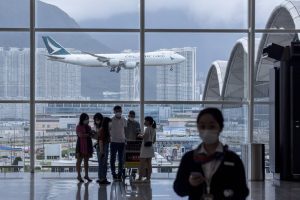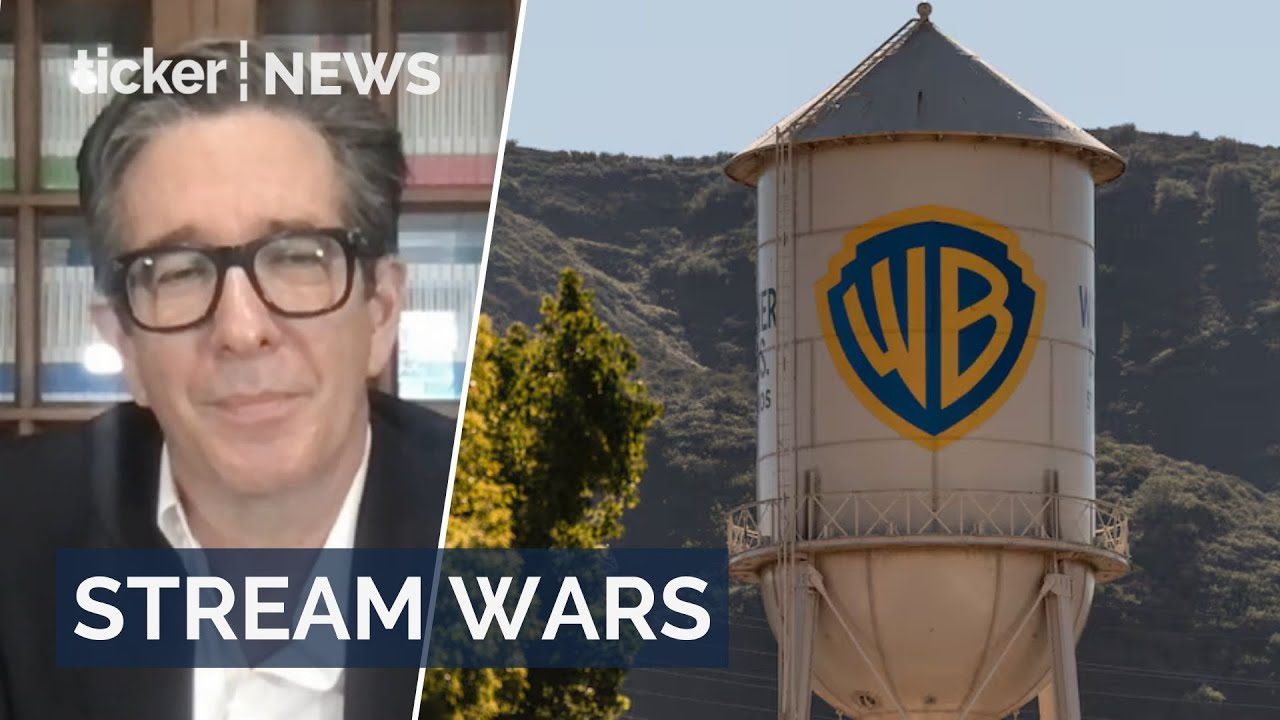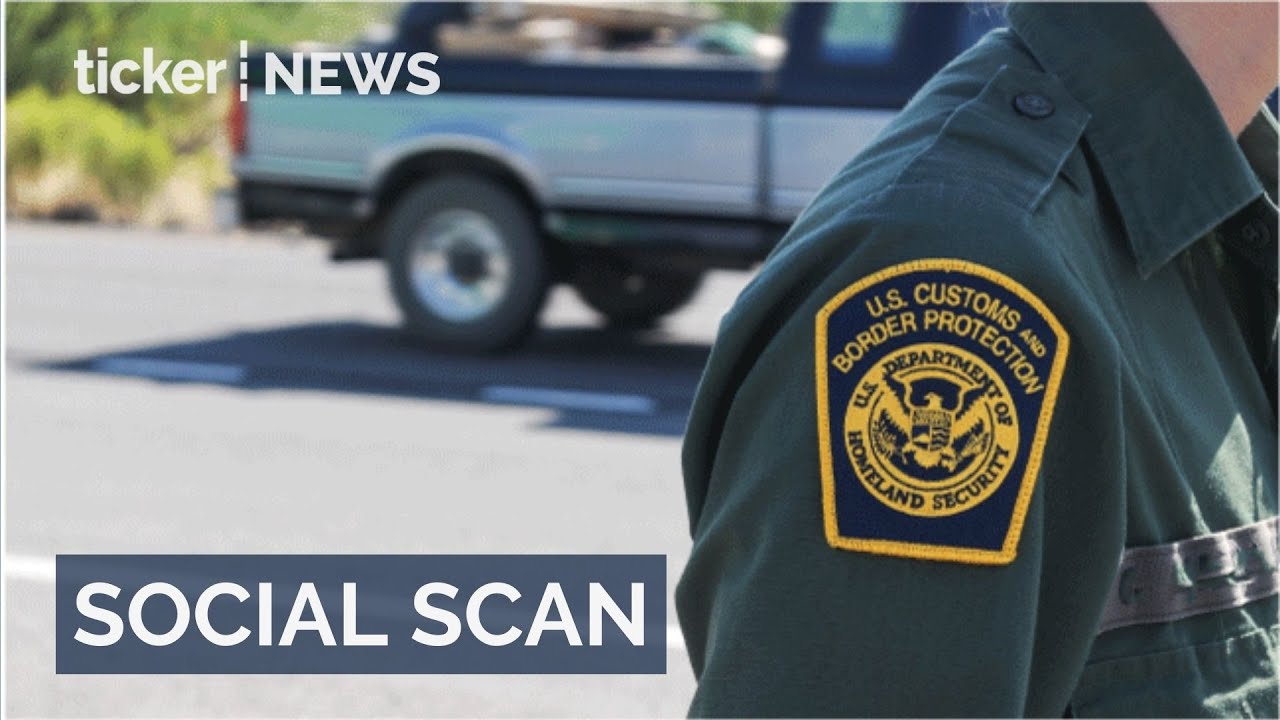News
Hong Kong tightens travel curbs to combat COVID-zero
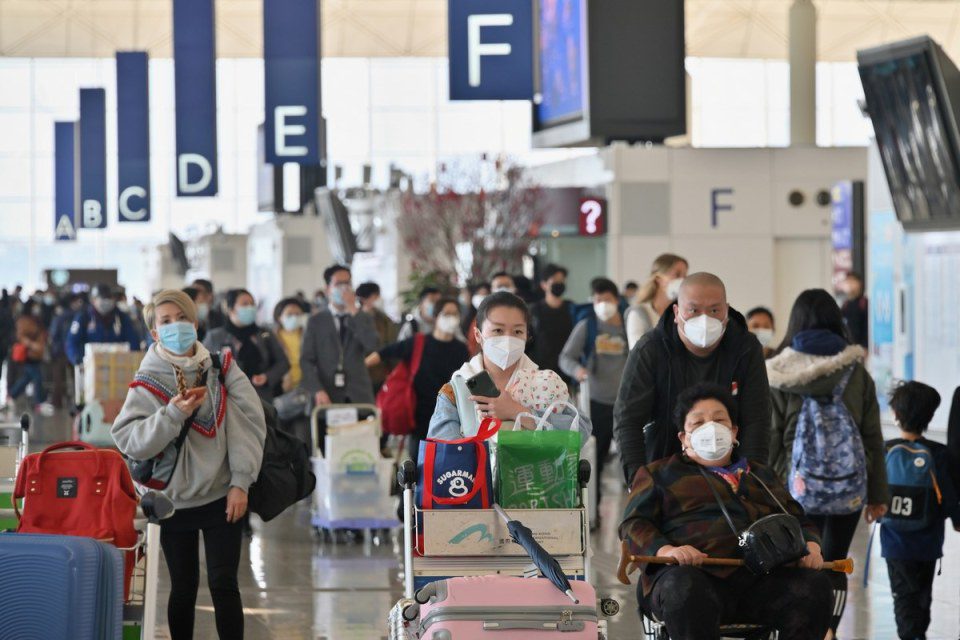
News
Netflix vs Paramount: The Warner Bros takeover battle explained
Warner Bros faces a pivotal decision between Netflix and Paramount in the evolving streaming and filmmaking landscape.
News
Elon Musk’s SpaceX plans $25 billion IPO in 2026
News
U.S. visa waiver travelers may need to share social media profiles
Trump admin proposes tourists disclose social media profiles for security under visa waiver program, impacting 42 countries.
-



 Leaders2 days ago
Leaders2 days agoH2Pro focuses on affordable green hydrogen
-



 Leaders2 days ago
Leaders2 days agoCarbonBlue revolutionises carbon capture and lime production
-

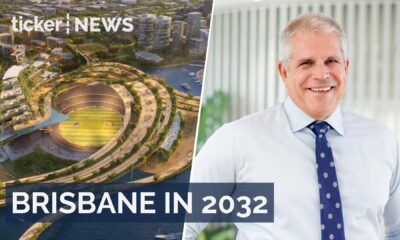

 Shows4 days ago
Shows4 days agoBrisbane’s economic growth and innovation drive 2032 goals
-



 Leaders2 days ago
Leaders2 days agoYosef Farm showcases successful organic farming in the desert
-

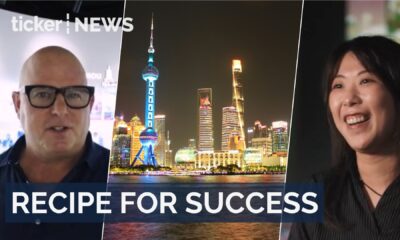

 Shows4 days ago
Shows4 days agoFusion of East and West: A recipe for success
-



 Leaders2 days ago
Leaders2 days agoHomeBiogas transforms waste into clean energy in 30,000 homes
-

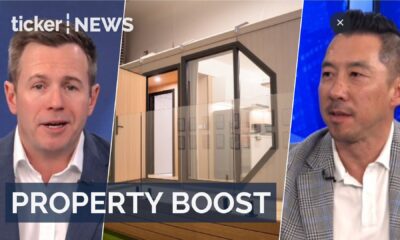

 Shows4 days ago
Shows4 days agoVictoria’s new granny flat rules spark a modular housing boom
-



 News4 days ago
News4 days agoChina naval activity raises tensions from Philippines to Galápagos



